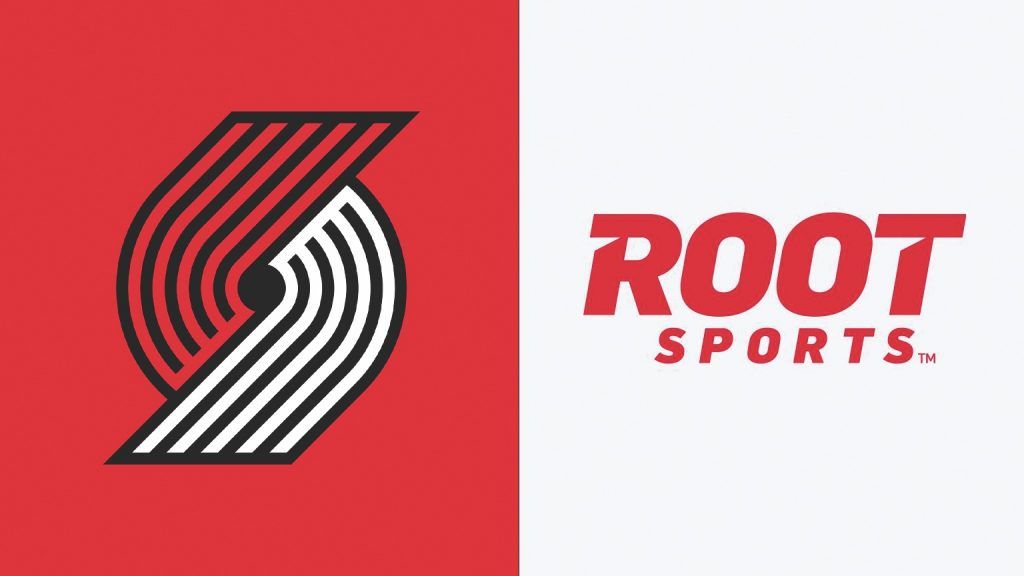HOW WE WATCH LOCAL SPORTS IS CHANGING

When you turn on your favorite local sports game – possibly the Portland Trail Blazers, the Seattle Seahawks, the Mariners, or the new NHL team, the Seattle Kraken – you watch ROOT Sports, a regional sports network (RSN).
Regional sports networks are now how most professional sports fans can watch their favorite local teams. Most fans don’t have much of a choice as to how they watch their favorite teams; they either go to a live game or watch it televised on an RSN. This dependence on these networks has become an ever-growing headache for sports fans who want to watch just one particular team.
At their start, RSNs were a benefit for both parties. The network made enormous amounts of money selling high-priced cable deals to sports fans, and professional sports teams got huge TV contract revenues. But this equation leaves out a critical part of the formula: the fans. Many fans are disappointed in how much money they need to pay just to be able to enjoy sports from home. Fans also don’t appreciate the cost-cutting from RSNs by reducing the amount of broadcasts and shows these networks broadcast, outside of showing live games.
Just recently, Xfinity Comcast has decided to move ROOT Sports to their highest-tier “Ultimate TV” package, which will cost fans an extra $18.50 a month to watch their local sports teams – such as the Blazers. This cost increase comes when many fans are already unhappy with the service they are getting for their money.
An alternative to watching live sports on cable has been a streaming service called FuboTV. This streaming service includes access to 100-plus news, sports, and entertainment channels, including ROOT Sports. While this sounds like an excellent alternative to traditional cable, FuboTV plans that include ROOT Sports start at $75.99 a month and go up, depending on how many channels and features a customer may want. And so this lack of affordable options for watching local sports teams has become a severe problem.
Today, many fans have realized these ways of viewing have become too expensive and provide too little value, causing many to find alternative ways to watch their favorite teams. Some sports teams and companies have seen to combat this challenge by offering lower-priced or direct-to-consumer streaming options. Evoca TV, a company based in Meridian, Idaho, started offering over-the-air streaming of ROOT Sports in 2020 for just $30 monthly. This package allowed fans to watch the Trail Blazers, Seahawks, Mariners, and Kraken for a more affordable price. It also included some local channels and popular national cable channels. Unfortunately, this service was ended last December because it was not attractive enough to attract a sustainable number of fans.
One NBA team is choosing to switch to a direct-to-consumer streaming service. The Utah Jazz, based in Salt Lake City, have started a new service called Jazz+, which starts at $125.50 for an entire season. This new service allows fans to watch Jazz games live and on-demand, and includes two tickets to a Jazz home game and two pieces of team merchandise.
The Jazz have created a valuable option for sports fans who want to watch one team mainly and do not want to spend $75-plus a month. If successful, this may pave the way for other teams, such as the Blazers, to create a direct-to-consumer viewing option when their existing TV contracts expire.
It’s become clear that RSN services are becoming increasingly devalued by paying consumers. With more sports teams looking into adopting a direct-to-consumer streaming option or a different avenue of sharing their games with fans, the RSNs can see their end drawing near.
With this shift in sports broadcasting, Diamond Sports Group (DSG), a major sports broadcasting company, filed for Chapter 11 bankruptcy this March. Diamond Sports Group own’s 19 regional sports networks under their Bally Sports sector which broadcasts 16 NBA, 14 MLB, and 12 NHL teams. Fortunately, ROOT Sports is not affected by DSG’s bankruptcy as ROOT is majority owned by the Seattle Mariners.
In short, more affordable options may be near but RSNs will try their best to keep them snared in the trap of high cable costs and low broadcast value.

Editor-in-Chief

Leave a comment